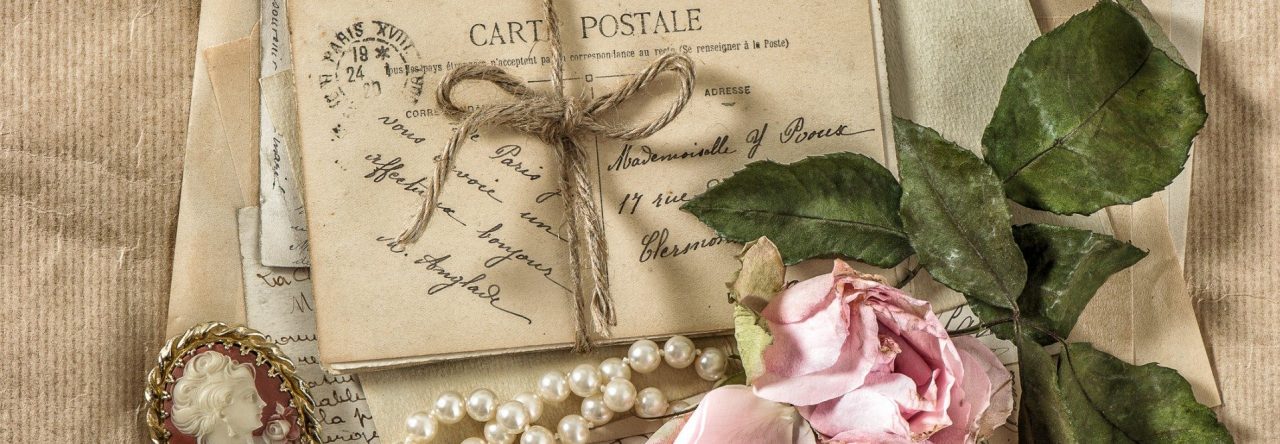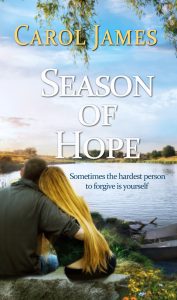About the Book
Title: All That Is Hidden
Series Info: Stand Alone
Author: Laura DeNooyer
Genre: Historical Fiction
Book Info: Lighthouse Publishing, 323 pages
Publication: December 2012; Re-release Fall, 2021
Recognition: Serious Writer semifinalist for “Book of the Decade”
Blurb
Are secrets worth the price they cost to keep?
 Ten-year-old Tina Hamilton finds out the hard way.
Ten-year-old Tina Hamilton finds out the hard way.
She always knew her father had a secret. But all of God’s earth to Tina are the streams for fishing, the fields for planting and harvesting–a world snugly enclosed by the blue-misted Smokies. Other than the seasons, nothing ever changed.
Until the summer of 1968.
Tina’s life changes forever. Trouble erupts when northern exploitation threatens her tiny southern Appalachian town.
Some folks blame the trouble on progress, some blame the space race and men meddling with the moon’s cycles, and some blame Tina’s father.
A past he has hidden catches up to him as his secret settles in like an unwelcome guest. The clash of progressive ideas and small town values escalates the collision of a father’s past and present.
View the All That Is Hidden book trailer, here. (BTW, the trailer just happens to be produced and voiced
by my daughter, Maddy Goshorn. Yes, I know, it was a shameless plug.)
Available for purchase on Amazon.
My Thoughts
Get ready for a nostalgic journey back in time to late 1960s Appalachia in author Laura De Nooyer’s, All That is Hidden. Folklore, superstitions, and Appalachian dialogue are deftly woven into the story making the mountain setting as alive as any of DeNooyer’s characters. Small town wit and wisdom reminiscent of The Walton’s stirred up feelings of a bygone era when life seemed much simpler. Here’s one of my favorite quotes from the novel, “Maybe it’s not the falling down that matters. It’s the getting back up. Maybe it’s not the mistakes you make, but what you do after you make ’em.”
All That is Hidden is the coming of age story of two siblings, Tina and Nick Hamilton. At first, it was a bit challenging to get invested in a book with a ten-year-old heroine, but I’m so glad I did! Tina and Nick have their idyllic mountain life disrupted when secrets from their father’s past come to life that affects Tina and Nick’s family. The children learn that choices, even those hidden in the past, have consequences.
Both tender and heart-wrenching, I recommend having a box of tissues handy as the book comes to an end. If you’re anything like me, you’re gonna need them for this fully satisfying, but somewhat unexpected, ending.
Although I have since purchased my own copy, I did receive a copy of this book from the author. I was not required to leave a positive review. All opinions expressed are my own.




 Title: Serving Up Love: A Four-in-One Harvey House Brides Collection
Title: Serving Up Love: A Four-in-One Harvey House Brides Collection














